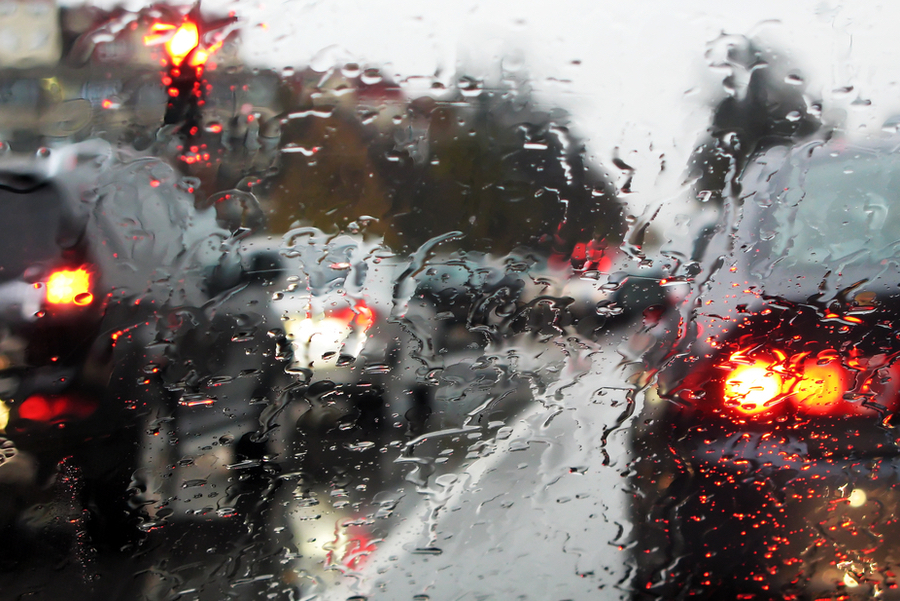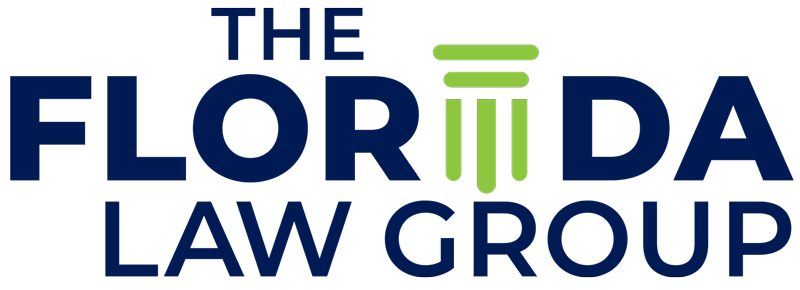Important Rules Drivers Need To Follow While Driving In Bad Weather Conditions In Tampa

If you live in Tampa, you know that we’re lucky to live in a city within a state that has fairly decent weather most of the time. We’re particularly grateful in winter, when the rest of the country is dealing with snowstorms and subzero temperatures and our temperatures rarely dip below the 50s! However, because our city does enjoy such nice weather for the majority of the year, drivers often forget how to drive safely when the weather here takes a turn, and new teen drivers may not even know the laws and guidelines for driving in bad weather conditions in Tampa.
A 2020 report by the Department of Florida Highway Safety & Motor Vehicles (FLHSMV) revealed that bad weather was a major contributing factor in auto accidents that resulted in 3,332 fatalities and 15,614 incapacitating injuries in that single year alone. Florida doesn’t get snow, but it does get fog, rain, and wind. This winter in particular has been one of the coldest and foggiest we’ve had in years, and the nearly constant rain we experience during summer will be upon us before we know it. It’s important to know what to do – whether you are a resident or a tourist – when you are driving and encounter a less-than-ideal weather situation! Here are a few important rules Tampa drivers need to follow when the conditions on the road aren’t sunny and dry:
If it’s raining, your windshield wipers and lights need to be on.
We put this first because it’s the simplest and most obvious rule for driving in bad weather conditions in Tampa on this list, though many Tampa drivers still don’t follow it. Even if it’s the middle of the day, and may be still “light, if it’s raining and you have your windshield wipers on, you also need to turn on your headlights. You should replace your windshield wipers at least once a year to ensure that they’re in proper working condition.
You can now legally turn your hazard lights on if visibility is extremely reduced.
For years in Florida, drivers were prohibited from driving with their hazard lights on in bad weather conditions, but that law recently changed. As of July 2021, Tampa drivers can turn on their flashing hazard lights in situations where they have extremely low visibility and are encountering heavy rain or fog on roads with speed limits at or above 55 mph. Note that this means that you cannot simply drive with your hazard lights on in light rain, or on city roads where the speed limit is slower.
Before this law went into effect, drivers could only turn on hazard lights when their cars were stopped on the side of the road. However, many drivers disobeyed this rule anyway, and now can legally signal to other drivers that they are slowing down and having trouble seeing ahead of them.
Drive slower. Brake sooner.
The less visibility you have, and the more slippery the roads are, the slower you should be driving. When the roads are wet, your tires don’t have as much grip on the road surface, and it may take you twice as long to brake fully as it normally would in dry conditions. Wet roads can also result in skidding or hydroplaning. Also, if it’s rainy or foggy and you are driving fast, you won’t have as much time to react to other drivers’ actions that you can’t see from a distance as you normally would. For these reasons, bad weather should make Tampa drivers slow down and keep a safe following distance. Don’t wait until the last minute to brake.
Do not use your high beams (brights).
When it’s raining hard in Tampa and the sky is darkened by clouds, or if it’s extremely foggy, or if you’re driving in bad weather conditions in Tampa that occur at night and reduce visibility, many drivers will turn on their high beam headlights to attempt to see farther ahead. Their idea is to illuminate their surroundings; however, driving with high beams on around other cars is not only dangerous, but also illegal (not to mention highly annoying to other drivers).
Florida Statute 316.238 states that “within 500 feet….[drivers should] use a distribution of light, or composite beam, so aimed that the glaring rays are not projected into the eyes of the oncoming driver”. Bright headlights from either the rear or front blind other drivers on the road and prevent them from having the visibility necessary to safely navigate their surroundings. Don’t turn your high beams on!
If you’re having a hard time seeing ahead of you, slow down and focus on staying by the lines on the road (the right edge and painted markings); if you can’t see at all, sometimes you may need to find a safe place to pull over and wait with your hazard lights on until conditions have improved. Don’t ever stop on the road! However, pulling over on the side of the road or highway in Tampa carries inherent risks, as other drivers may not be able to see your car through the rain or fog, so it’s best to find a parking lot if possible.
Don’t use your turn signal last minute.
Tampa drivers are infamous for not using turn signals, but in bad weather, it’s especially important to give other drivers time to react to you turning or changing lanes in order to avoid an accident. When visibility is low due to rain or fog, and the roads are wet, cars can’t brake as quickly if you turn or merge into their lane, so turn on your turn signal a few seconds before you switch directions!
Don’t drive through a flooded area.
You should avoid driving through large puddles or completely submerged roads; if you do encounter a flooded area in Tampa, avoid it. Turn around and do not go through it. Besides the fact that driving through water is damaging to your brakes, engine, and electrical system in your vehicle, you can’t see what’s underneath the water you’re driving through. The water may conceal debris or power lines, and could lead to a popped tire, you getting stuck, or even electrocution. Just last year, a 17-year-old girl in the Tampa Bay area was tragically electrocuted after stepping on a downed power line that had been knocked down in a storm and was lying on the road.
In cold weather, use your defroster, but don’t drive until you can see.</h3
Tampa residents aren’t used to driving in the cold, or experiencing cold at all – most of us don’t own heavy jackets and don’t know what to do when we go outside in the morning to drive to work and our windshields have been frosted over. Don’t try to pour hot water on it (that can cause cracks), or any other liquid methods. Even trying to scrape it off with the wrong equipment could lead to scratches that impede visibility; the best method is to use your defroster (yes, your car does have one). However, many impatient Tampa drivers may make the mistake of turning on the defroster and then driving off while their windshield is still frozen. Defrosting takes time, so allow a couple of minutes for it to take effect. You should never drive without being able to see through your windshield, in your rearview mirror, and in your side mirrors.
Avoid or minimize distractions.
When you’re driving in bad weather conditions in Tampa, one of the most dangerous things you can do is neglect to pay attention to the road ahead of you. Conditions can change quickly when it’s raining or foggy. Stay off your phone. Turn down the radio. Put both hands on the steering wheel and keep a firm grip. Ask the people in the car with you, if applicable, to be quiet and allow you to focus on driving and getting everyone to their destination safely!
If you’ve been injured in a crash that occurred in severe weather that was caused by another driver, call The Florida Law Group and recover maximum compensation!
Sometimes, especially in bad weather conditions, you can follow all of the rules and practice caution and still be injured in an accident that wasn’t your fault. When that happens, call Tampa auto accident attorneys who can help you understand your options, fight for justice, and work to get you paid fairly for the cost of your injuries by the insurance company of the party responsible or your own insurance company. Our law firm has recovered over $1 billion for injured victims. You never have to pay our legal fees until we recover a settlement on your behalf. Call now to schedule a free consultation and get started!


